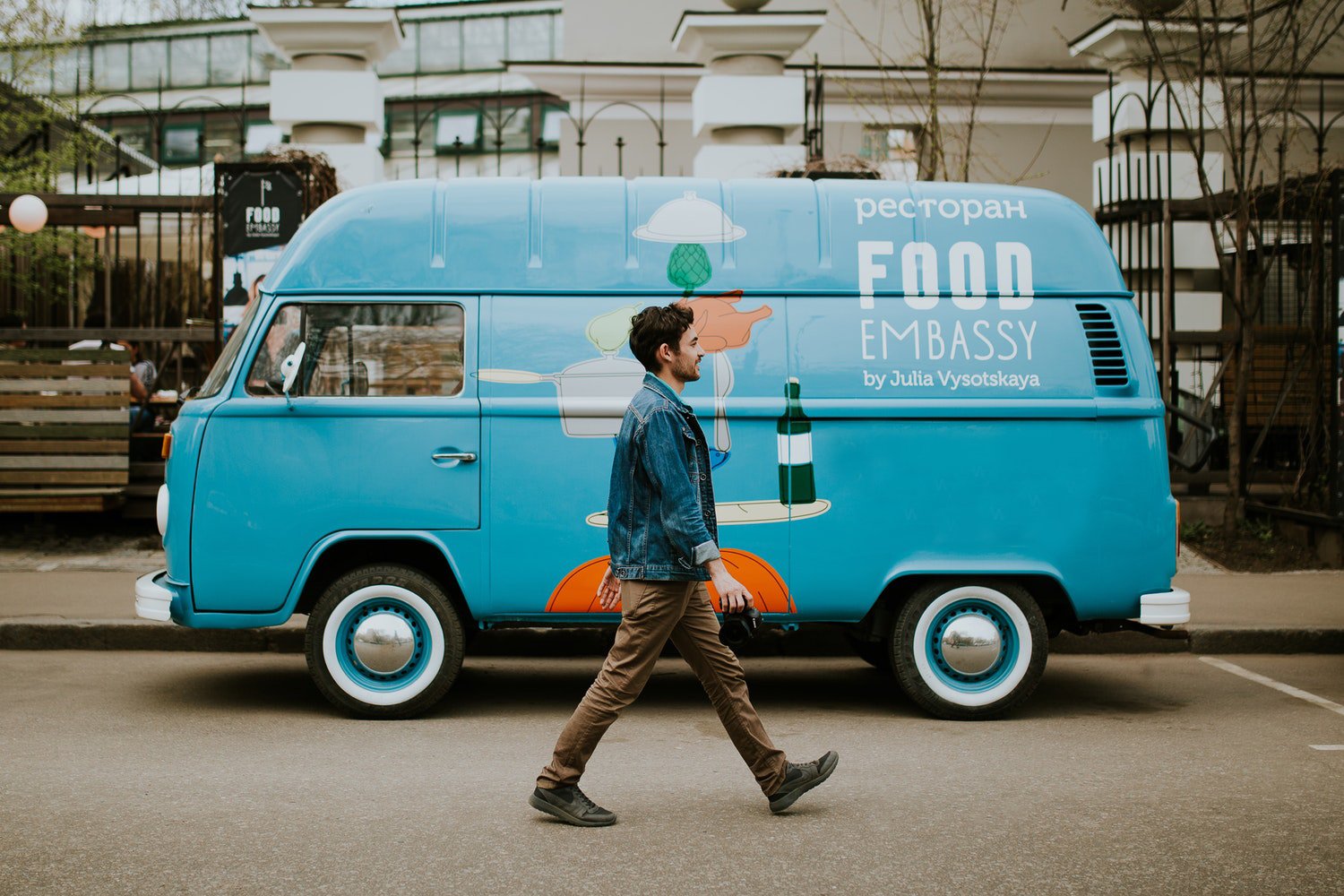🐾 Real-Life Dog Training Starts Before Real Life Happens 🐾Because learning to swim during a flood just doesn’t work...
This week in our Tuesday puppy class, we did something a little different.
The sun was shining, the dogs were doing well, and instead of standing in a circle or walking around like we usually do… we all sat down. Right there on the grass, under the trees. Not just the dogs—all of us.
I think a few people were quietly wondering if I’d lost the plot! 😄 But after a moment or two, something shifted. We all started to feel it. The stillness. The calm. The sense of just being—without rushing, without doing.
The dogs relaxed. The humans relaxed. The whole energy of the group softened.
And that’s exactly what I’ve been exploring lately with my own dog, Ronnie.
From Walks to Watching
Ronnie has had her struggles with reactivity on walks. She’s much more settled now, but I’ve been trying something new with her to help reinforce that calm.
At the end of many of our walks, I’ve been packing a chew—a chicken foot, a rabbit ear, something she enjoys—and we just sit together. On the floor, on a bench, wherever we are. I let her chew, and we watch the world go by.
She settles down in the same way she does at home on the sofa. It’s a different kind of relaxation—one that’s outside, in a world that used to feel overwhelming for her.
To me, that’s huge.
Why Sitting Down Can Help
So many of us (and our dogs) are always on the go. Even when we think we’re taking it easy, we’re often still “doing.” But some dogs really need to learn how to do nothing and feel safe doing it.
Sitting quietly together:
- Gives your dog a chance to decompress
- Reinforces calm behaviour without needing commands
- Helps build positive associations with the outside world
- Strengthens your bond—just by being near each other
After just 10 minutes sitting quietly, we go home—and it finishes the walk off so gently. It feels complete. And calm.
It’s Not All About “The Walk”
You’ve probably heard me say: stand still on your walk and let your dog sniff—and I still stand by that!
But now I’m saying this too:
Sit down on your walk. If the weather’s nice, pack a little chew or snack. Find a peaceful spot. Sit down with your dog and notice how they respond. They might sniff around and settle beside you. They might sit and watch the world with you. Or they might just lie down and take it all in, like Ronnie does now.
Whatever happens, it’s not about doing it perfectly. It’s about slowing down, feeling good, and giving both of you space to just be.
Give It a Try
So next time you’re out, don’t feel pressured to keep moving. Instead, find a moment to pause. Or better yet—take a seat.
Let your walk be about connection, calm, and the kind of rest that doesn’t always look like rest.
Because sometimes, the best part of the walk is sitting still. 💛


